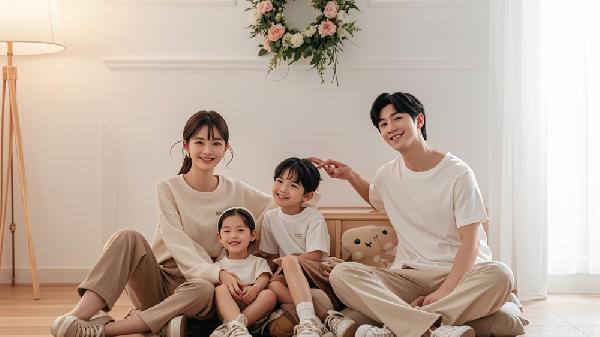Struggling with eye contact? You’re not alone. Many people find it awkward or intimidating to maintain eye contact, but it’s a skill that can be mastered with practice and a few mindset shifts. Eye contact is a powerful tool—it builds trust, shows confidence, and helps you connect with others on a deeper level. Whether you’re in a job interview, on a date, or just chatting with a friend, learning to look someone in the eye confidently can transform your interactions. Let’s break it down and make it less daunting.

First off, let’s address the elephant in the room: why does eye contact feel so weird? For many, it’s a mix of self-consciousness and overthinking. You might worry about how you’re coming across or feel like you’re staring too intensely. Sometimes, it’s cultural—some societies place less emphasis on eye contact, making it feel unnatural. Other times, it’s tied to anxiety or social discomfort. The good news? These feelings are normal, and they don’t have to hold you back. Recognizing why eye contact feels awkward is the first step to overcoming it.
Believe it or not, there’s a lot of science backing up the importance of eye contact. Studies show that when you look someone in the eye, it triggers the release of oxytocin, often called the “bonding hormone.” This chemical helps foster trust and connection. On the flip side, avoiding eye contact can make you seem disinterested or untrustworthy. Understanding the biological impact of eye contact can help you see it as less of a social chore and more of a superpower in your communication toolkit.
If the thought of locking eyes with someone makes you break into a cold sweat, start small. Practice with people you’re comfortable with, like family or close friends. Even your pet can be a great “practice partner” (yes, really!). The goal is to get used to the act of making eye contact without the pressure of a high-stakes conversation. Gradually, you can work your way up to more challenging situations, like networking events or public speaking. Remember, it’s all about baby steps.
Here’s a handy trick: the 50/70 rule. Aim to maintain eye contact for about 50% of the time when you’re speaking and 70% when you’re listening. This balance shows you’re engaged without coming across as overly intense. If you’re worried about staring, try focusing on the bridge of the person’s nose or their eyebrows—it’s less intimidating and still gives the impression of eye contact. This rule takes the guesswork out of how long to hold someone’s gaze.
Eye contact is just one piece of the puzzle. Your body language plays a huge role in how confident you appear. Stand or sit up straight, keep your shoulders relaxed, and avoid fidgeting. Nodding and smiling occasionally can also make the interaction feel more natural. When your body language aligns with confident eye contact, you’ll project an aura of self-assurance that’s hard to ignore.
One of the biggest hurdles to confident eye contact is the fear of being judged. What if they think you’re staring? What if you come across as awkward? Here’s the truth: most people are too focused on themselves to notice minor slip-ups. They’re probably more concerned about how they’re coming across than scrutinizing your eye contact. Remind yourself that everyone has insecurities, and you’re doing better than you think.
Like any skill, confident eye contact takes practice. Try setting small goals for yourself, like maintaining eye contact for an extra second during conversations or making eye contact with strangers in passing. Over time, it’ll become second nature. And don’t beat yourself up if it feels awkward at first—progress, not perfection, is the name of the game.
While eye contact is important, it’s equally important to know when to break it. Staring too long can make the other person uncomfortable. A good rule of thumb is to glance away naturally every few seconds, like when you’re thinking or transitioning to a new topic. This keeps the interaction fluid and prevents it from feeling like a staring contest.
If you’re interacting with people from different cultural backgrounds, it’s worth noting that eye contact norms can vary. In some cultures, prolonged eye contact is seen as a sign of respect, while in others, it might be considered rude or confrontational. Doing a little research or observing local customs can help you navigate these differences with ease.
Confident eye contact isn’t about perfection—it’s about presence. It’s about showing up, being engaged, and connecting with the person in front of you. The more you practice, the more natural it’ll feel. So the next time you’re in a conversation, take a deep breath, meet their gaze, and own it. You’ve got this.
























